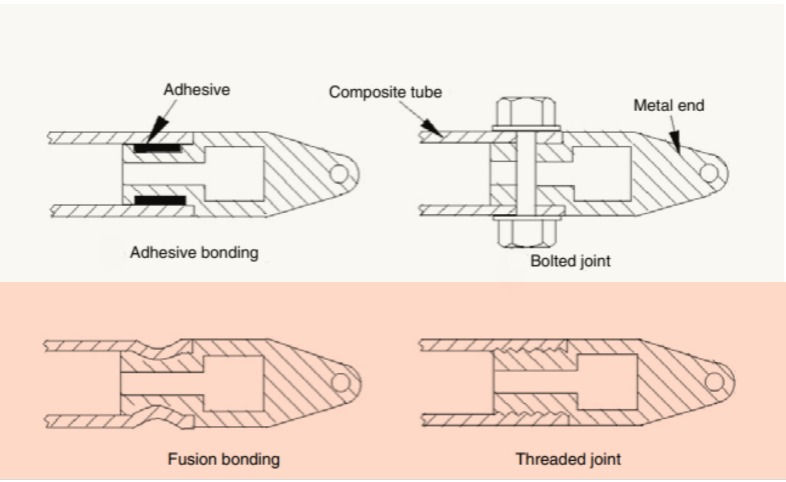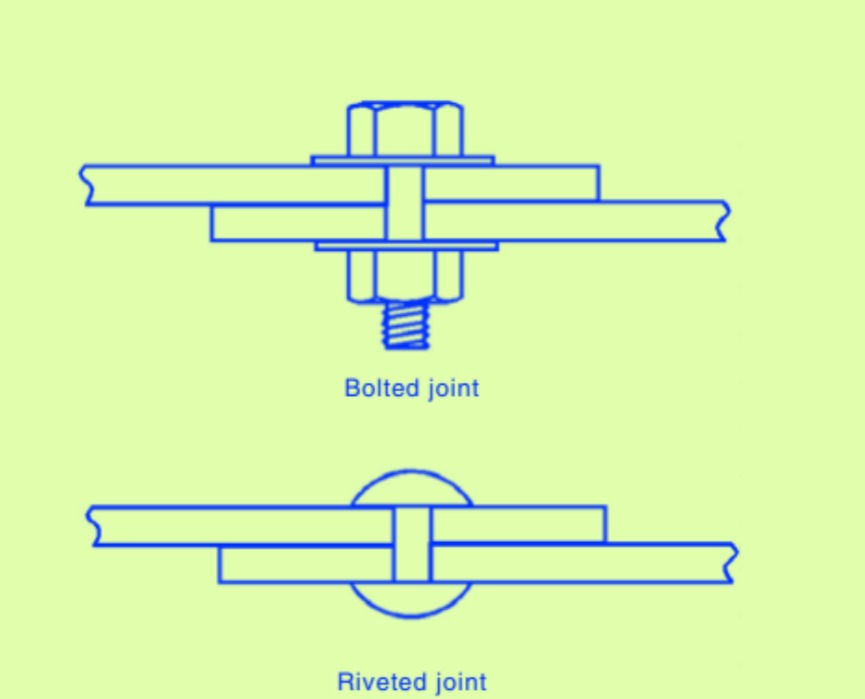Joining Composite Materials: Exploring the Power of Adhesive Bonding and Mechanical Joints
- Aman Sahu
- May 24, 2023
- 3 min read
Updated: May 25, 2023
Introduction:
Composite materials have revolutionized various industries by offering a combination of strength, lightness, and durability. The process of joining composite materials plays a crucial role in harnessing their full potential. Two prominent methods for joining composites are adhesive bonding and mechanical joints. In this comprehensive blog post, we will delve into the intricacies of these methods, examining their advantages, considerations, and best practices for joining composite materials.

Adhesive Bonding: A Versatile Approach to Composite Joining
Adhesive bonding involves the use of adhesives to create strong bonds between different materials. Adhesives can form bonds through chemical reactions (chemical adhesives) or by interlocking on a microscale level (mechanical adhesives). Here are some key aspects of adhesive bonding:

Advantages of Adhesive Bonding:
Lightweight Construction: Adhesive bonds contribute minimal weight, making them ideal for applications where weight reduction is crucial, such as in the aerospace industry.
Strength and Load Distribution: Adhesive bonds distribute loads evenly over a larger area, reducing stress concentrations and enhancing overall structural strength.
Durability and Environmental Resistance: Many adhesives are resistant to environmental factors such as moisture, chemicals, and temperature variations. They can withstand harsh conditions without degradation.
Flexibility and Fatigue Resistance: Adhesive bonds exhibit some degree of flexibility, which helps absorb vibrations and reduce the risk of fatigue failure.
Repairability: Adhesive bonds can be easily repaired by peeling apart and re-bonding the materials, extending the life of the structure.
Considerations for Adhesive Bonding:
Material Compatibility: Adhesive selection should consider the compatibility with the composite materials being joined. Some adhesives are better suited for specific material combinations.
Load Requirements: While adhesive bonds can be strong, they may not match the load-carrying capacity of mechanical joints. Assess the expected loads and stresses to ensure adhesive bonding is appropriate.
Surface Preparation: Proper surface preparation, including degreasing, mechanical abrasion, and chemical treatment, is critical for achieving strong adhesive bonds.
Environmental Conditions: Evaluate the environmental factors the joint will encounter. Choose adhesives that are specifically designed to withstand those conditions, such as high temperatures or chemical exposure.
Testing and Validation: Adhesive bonds should undergo rigorous testing to ensure they meet the required strength and durability standards for the intended application.
Mechanical Joints: Traditional Strength with Simplicity
Mechanical joints rely on physical fasteners, such as bolts, rivets, and screws, to connect composite materials. Let's explore some key aspects of mechanical joints:

Advantages of Mechanical Joints:
High Load-Carrying Capacity: Mechanical joints are known for their robust load-carrying capability, making them suitable for applications with high stress and heavy loads.
Cost-Effectiveness: Mechanical joints generally require less specialized equipment and materials, making them more cost-effective compared to adhesive bonding.
Simplicity and Ease of Assembly: Mechanical joints can be assembled using simple tools and techniques, making them accessible and versatile for various joining applications.
Disassembly and Reusability: Mechanical joints can be easily disassembled and reassembled, offering convenience in maintenance, repair, and reconfiguration scenarios.
Considerations for Mechanical Joints:
Weight Considerations: Mechanical joints may add weight to the structure, which could be a concern in weight-sensitive applications. Careful design and optimization are necessary.
Stress Concentrations: Mechanical joints create localized stress concentrations around fastener holes. Proper design and reinforcement techniques should be employed to mitigate these concentrations.
Corrosion and Galvanic Compatibility: When joining dissimilar materials, consider the potential for galvanic corrosion. Select appropriate fasteners and coatings to prevent galvanic reactions.
Choosing the Right Joining Method: Factors to Consider
To determine the most suitable joining method for your composite materials, consider the following factors:
Application-specific Requirements: Assess the unique requirements of your application, including load conditions, environmental exposure, weight limitations, and cost considerations.
Material Compatibility: Evaluate the compatibility of adhesive bonding or mechanical joints with the composite materials being joined.
Design Considerations: Consider the structural design, including stress distribution, joint geometry, and potential stress concentrations.
Surface Preparation: Adequate surface preparation is essential for both adhesive bonding and mechanical joints. This includes cleaning, roughening, and applying appropriate surface treatments.
Conclusion:
Joining composite materials is a critical step in optimizing their strength, performance, and durability. Adhesive bonding and mechanical joints offer distinct advantages and considerations. Adhesive bonding provides lightweight construction, strength, durability, and repairability, while mechanical joints offer high load-carrying capacity, simplicity, and cost-effectiveness. By thoroughly assessing the requirements of your application and considering factors such as material compatibility, load conditions, environmental factors, weight considerations, and cost, you can make an informed decision on the most suitable joining method. Striking the right balance between adhesive bonding and mechanical joints will help you unlock the full potential of composite materials and create structures that excel in strength and performance.





Comments